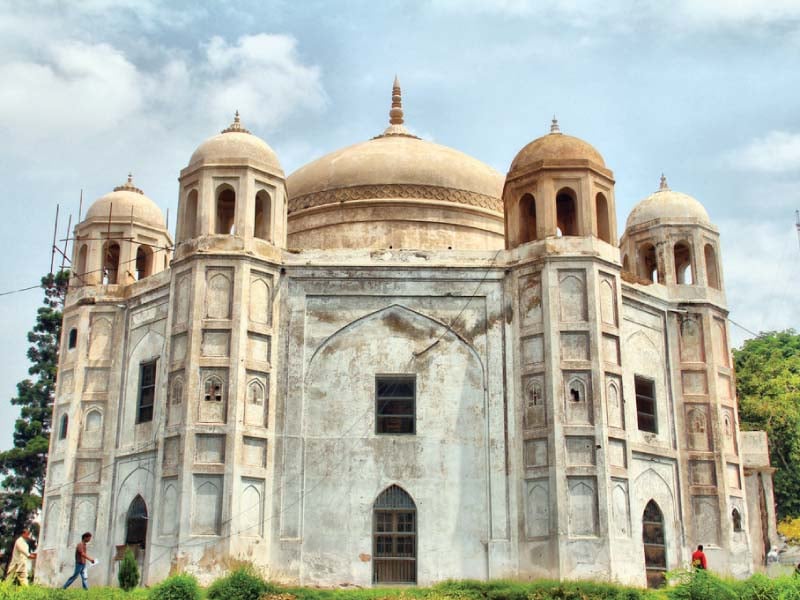BHAGWAN SINGH GYANEE (d. 1962). prominent Ghadr leader, was born the son of Sarmukh Singh of the village of Varing, 15 km east of Tarn Taran in Amritsar district of the Punjab. Their ancestors, Kashmir! Brahmans, had migrated to the Punjab during the seventeenth century. Bhagwan Singh learnt Urdu at the village school and then joined Gurmat Vidyala, a missionary school at Gharjakh, in Gujranwala district, from where he passed the gyani examination. He was employed as a teacher in the Gurmat Vidyala, shifting after a short while to Khalsa School, Daska, in Sialkot district, where he studied Vedanta under Sadhu Har Bilas.
BUDDH SINGH (d. 1816), son of Khushhal Singh, nephew of the leader of the Dal Khalsa, Nawab Kapur Singh, succeeded his father as head of the Singhpuria misl. He inherited territories in the Bart Doab, the Jalandhar Doab and in the province of Sirhind. He built a fort at Jalandhar and reconstructed at a cost of a lakh of rupees the holy shrine and tank of Tarn Taran demolished by Nur udDin, the local Mughal chief.
Discover the legacy of Kala Singh, a Mazhabi Sikh pioneer, who established Sikh authority at Hasan Abdal against fierce opposition. #SikhHistory
Explore Sadda Singh's military journey from Panjgarh to Dhanaura, creating a legacy as a Khalsa pioneer under Raja Amar Singh of Patiala.
ANARKALI, the oldest Mughal tomb in Lahore, was built between 1605 and 1615 by Emperor Jahangir for his former favourite dancing girl Anarkali. The tomb was surrounded by extensive gardens enclosed within a high protective wall, and several buildings and palaces were erected in the gardens by Mughal princes and nobles. In 1799, Maharaja Ranjit Singh put up his headquarters there while besieging Lahore. Subsequently, he offered Anarkali to his eldest son, the heir apparent Kharak Singh.
Discover Bahadur Singh's pivotal role in the 1848-49 Punjab revolt alongside Bhai Maharaj Singh's anti-British efforts. Learn about this historic uprising.



